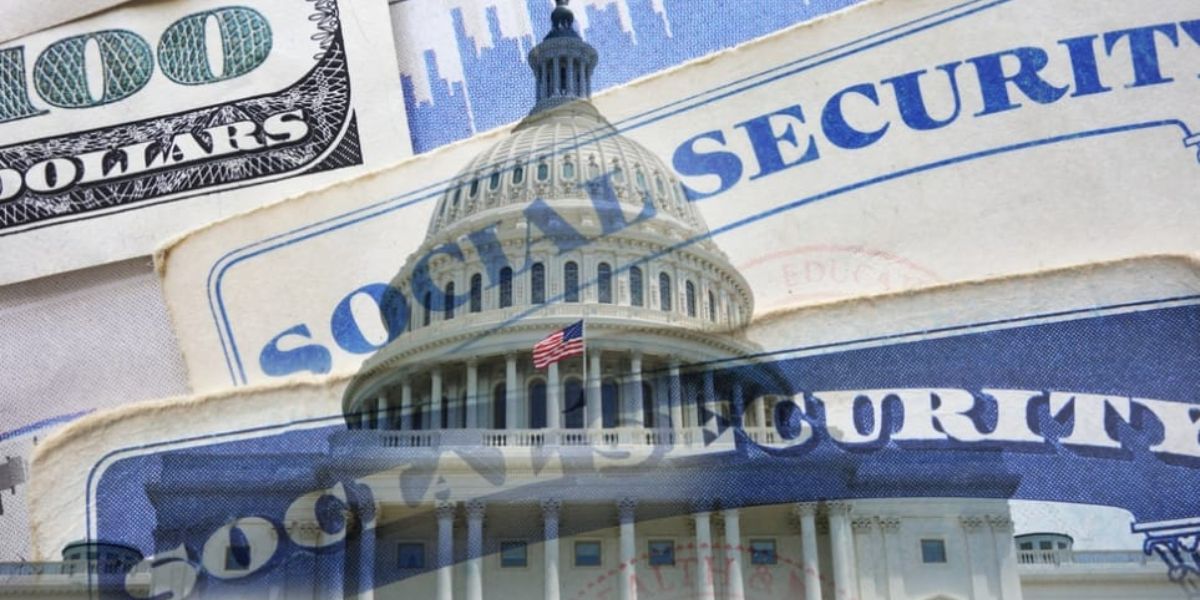January 1 to April 15 is tax time. Taxpayers must report on all of their taxable income to the federal government and the state government. Tax date is adjustable only when it coincides with a weekend.
The only other deadline extensions are those usually issued by the government itself and would apply to all or certain individuals only. Think here of those delays caused by natural disasters. Missing the deadline can incur some unwanted penalties and interest charges.
A summary of tax credits and tax refunds
A tax credit can be defined as a dollar-for-dollar amount that an individual taxpayer is able to claim. This is done on their tax return and aims to reduce the total income tax owed to the IRS. A lot of taxpayers use this to reduce their overall tax bill and open themselves up for a potential refund. Some tax credits are refundable. If the total tax bill is less than the refundable credit amount, the difference may be refunded.
Individuals not required to file tax returns can opt for this due to the possibility of claiming refundable tax credits. Nonrefundable tax credits don’t offer a payout, they only aim to lower the taxpayer’s liability. Tax credits vary by tax year, specifically in the types and amounts available. Reviewing the available tax credits should pre-empt any annual tax returns being filed.
Understanding the dynamics of the Child Tax Credit
According to the IRS’s official information on the Child Tax Credit, it offers the opportunity to lower the total amount owed on taxes. This is based on the number of eligible children that these individuals can claim. The whole purpose behind this is to help cover the costs involved in raising a family. This credit may lower taxes owed to $0 and may increase the refund amount due. This refundable tax credit may cause a delay in the refund payment.
With the federal-level credit at the moment, an individual can be eligible for an amount up to $2,000 per child under 17 years of age. It is nonrefundable, thus ensuring that the $2,000 will not be paid if this amount is greater than the taxes owed. In situations where there is no tax liability, the amount payable can be as much as $1,700 per child. This applies to the additional child tax credit. And this is where the potential delay sets in.
When and where will delays become applicable?
The value currently for this credit was a temporary expansion on the 2017 Tax Cuts and Jobs Act. It is set to last until the end of 2025. If no further expansion is passed through Congress, the current $2,000 value will revert to $1,000 per dependent child. Refunds on claims made for the additional child tax credit will only be made in mid-February. This is due to compulsory fraud checks.
Expect payments by May 3
Individuals who filed tax returns online and selected the option for direct deposits can expect their refund payments by March 3, 2025. This applies to those who claimed the earned income tax credit or additional tax credit. For those who have yet to file, any further delays seem to have been sorted. The standard child tax credit is not relevant here, as this refundable option only lowers the taxes owed.
This means that no money would be due to the individual, and therefore no fraud checks would be required. Understandably, certain fraud checks would be required to ensure that accurate payments are made to the correct recipients. That said, the value of tax credits and tax refunds should not be discarded due to the possible delay that may be involved. When filing annual tax returns, account for these delays to allow for a longer administrative timeline.




